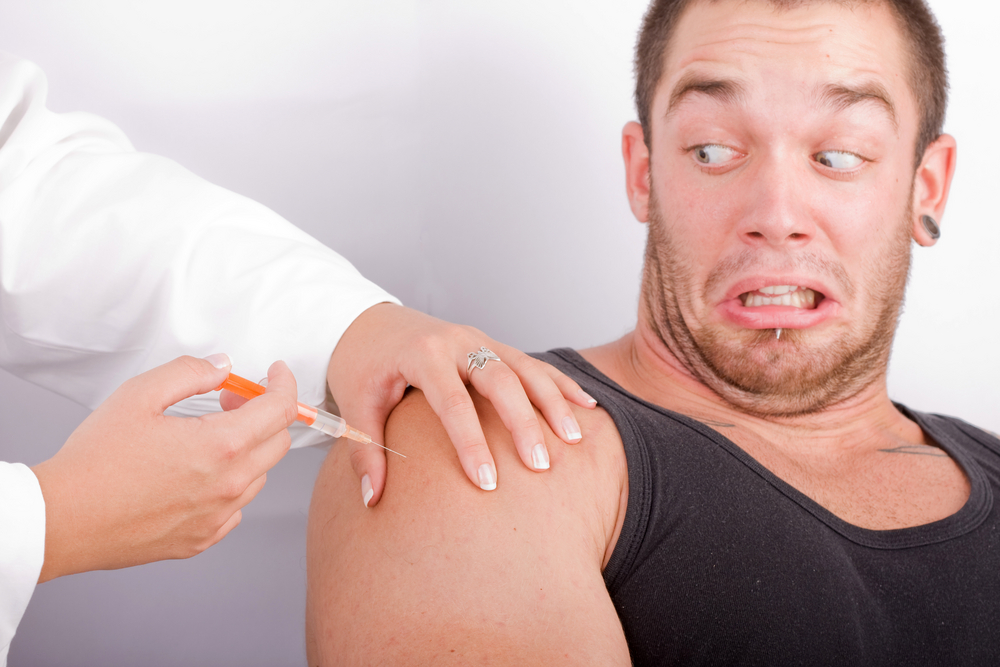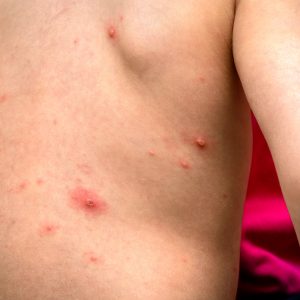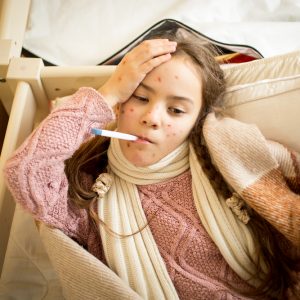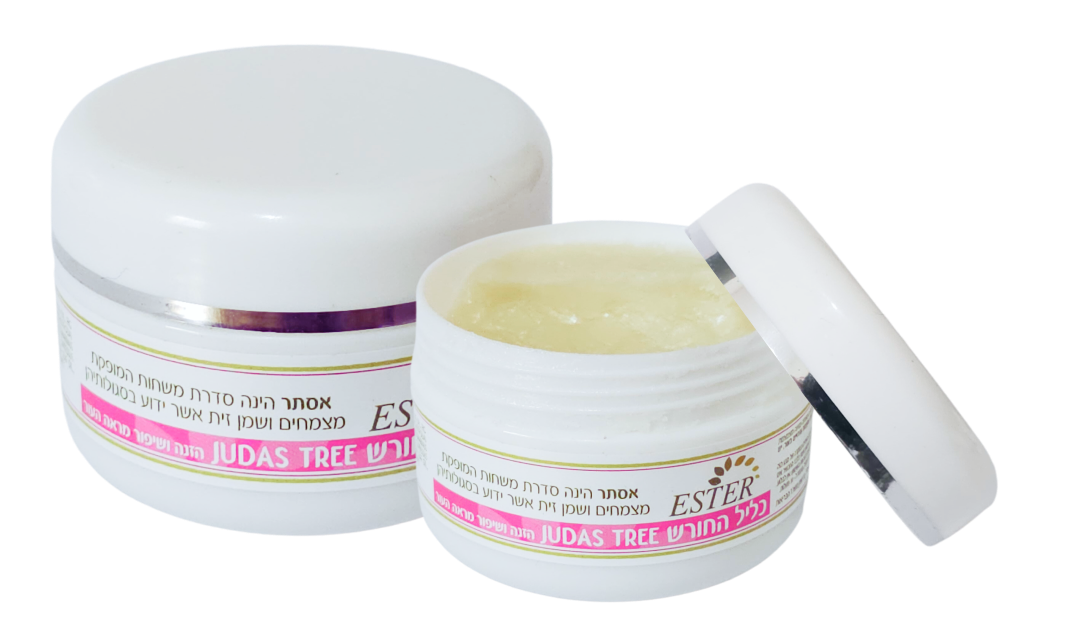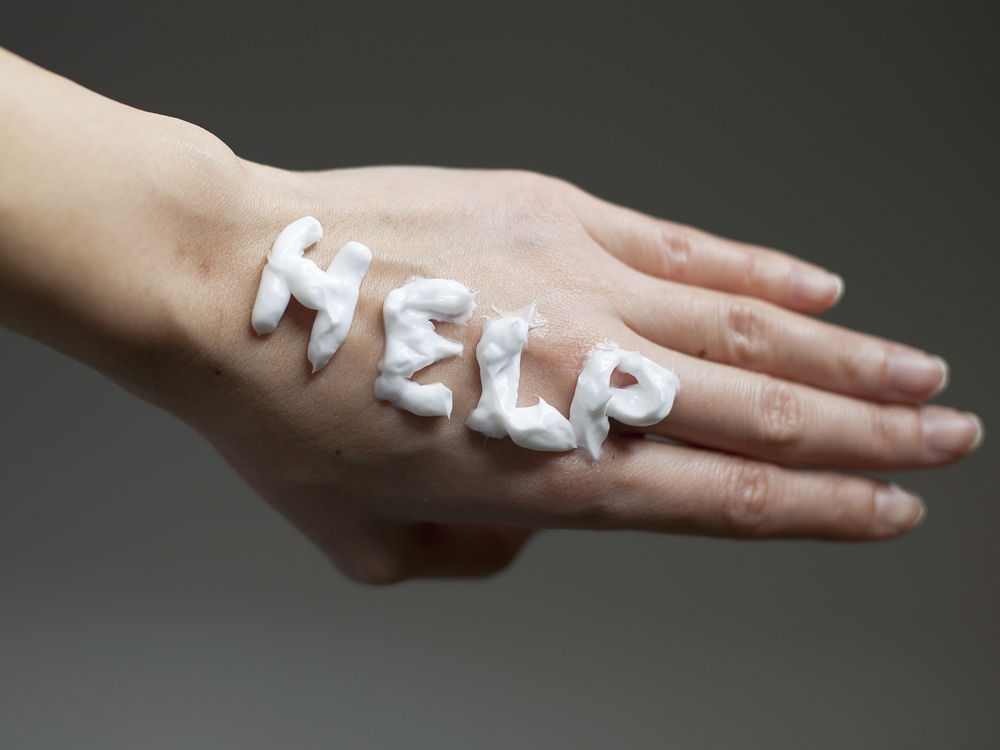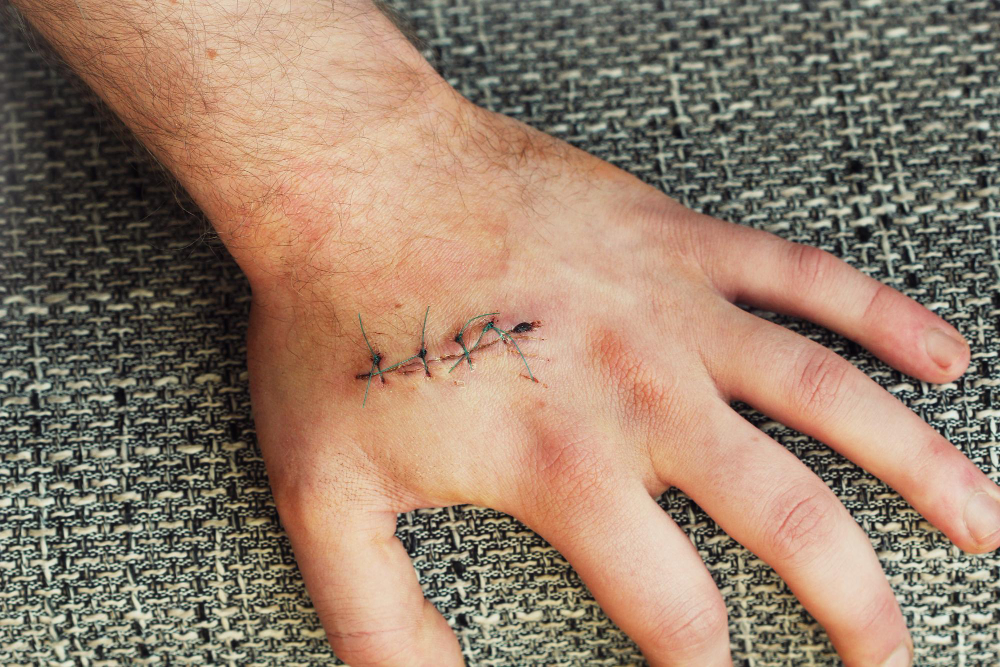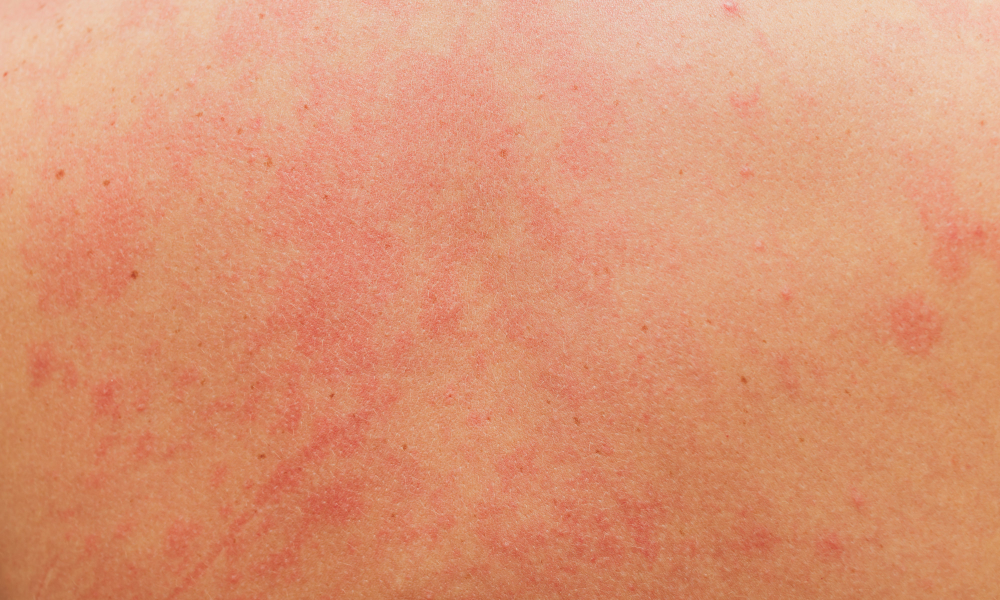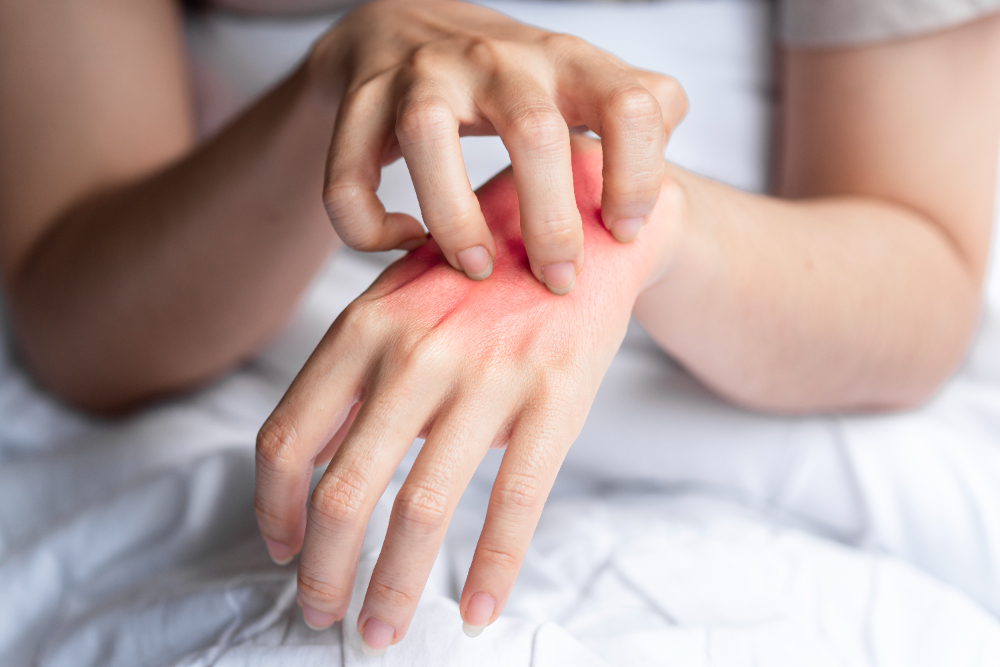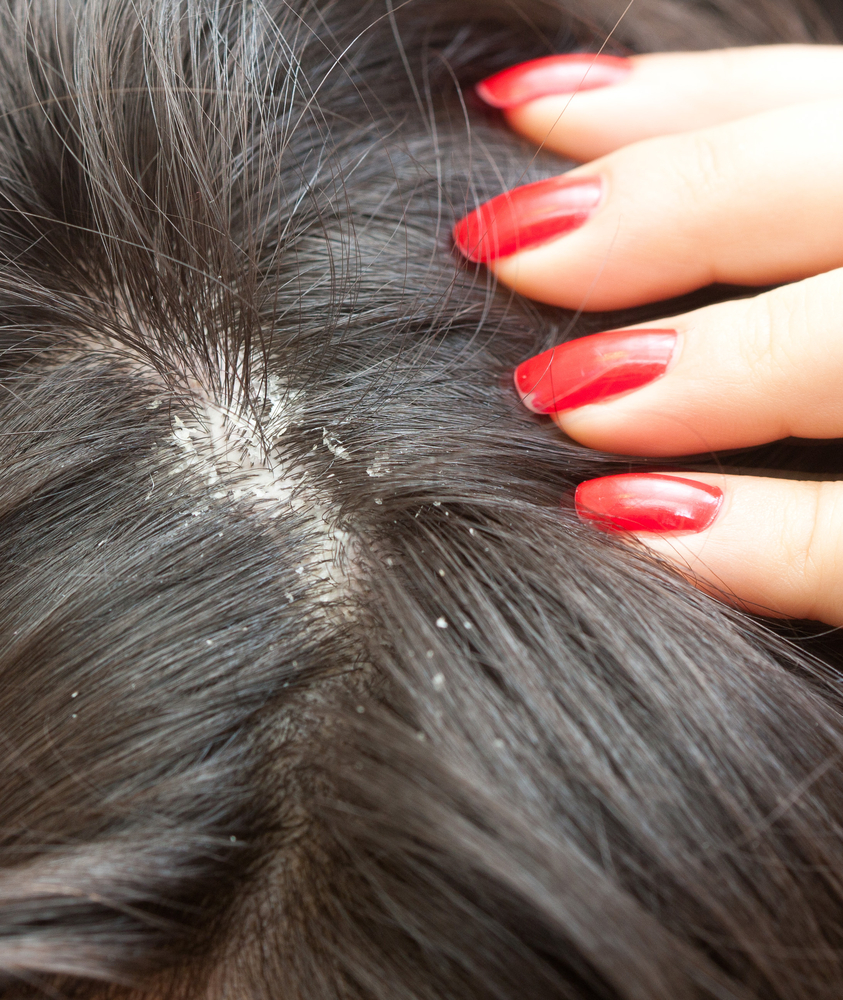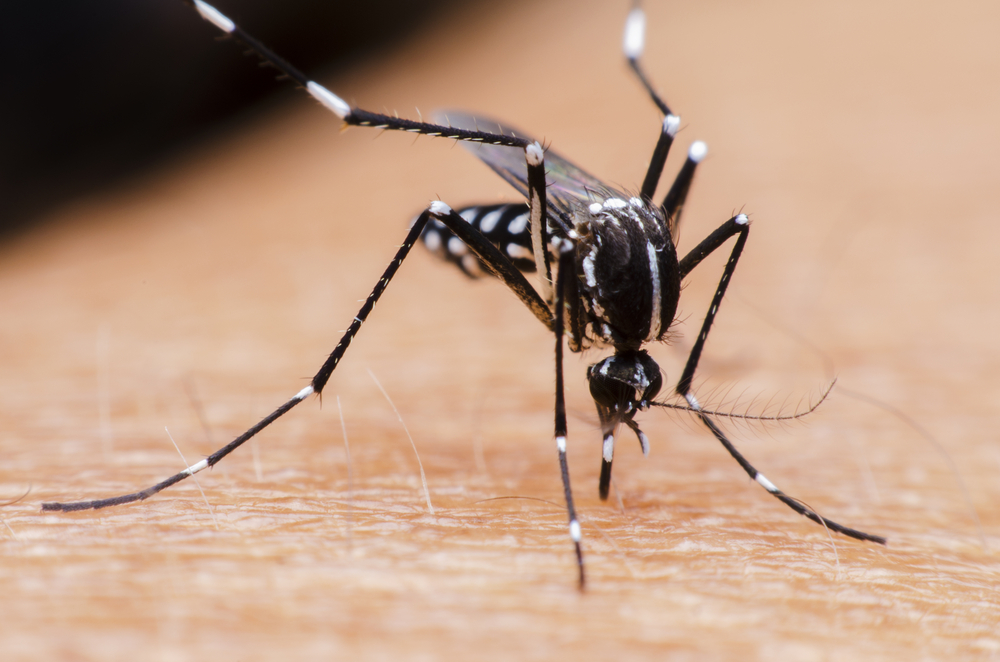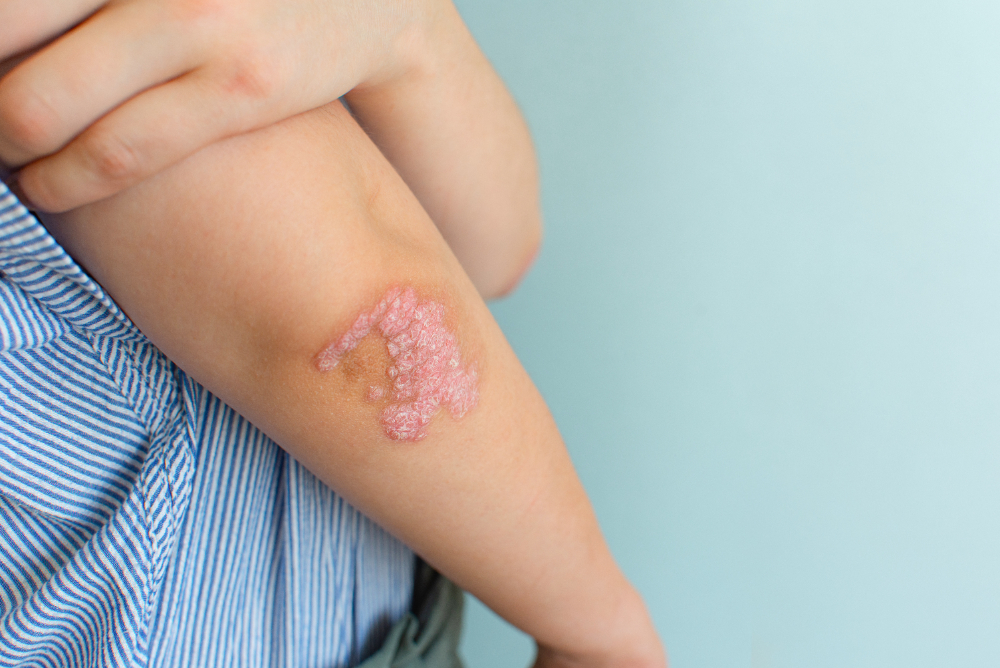What Is Shingles (Herpes Zoster)?
As mentioned, shingles (herpes zoster) occurs in individuals who carry the varicella-zoster virus—the same virus that causes chickenpox, typically during childhood. After recovery from chickenpox, the virus remains dormant in the nerve cells along the spinal cord and may later reactivate, causing shingles. While the exact trigger for reactivation is not fully understood, a common theory is that a weakened immune system increases the risk. For this reason, older adults—whose immune systems may be naturally weaker due to age—are at higher risk, with statistics showing that 50% of shingles cases occur in people over the age of 60.
Because shingles is caused by a virus, it’s important to address the question: Is shingles contagious? The answer is yes—but only through direct contact with the open blisters of an infected individual, and only to people who are not immune to chickenpox. However, someone exposed to the virus this way will develop chickenpox, not shingles. Since chickenpox can be dangerous for certain populations, individuals with shingles should avoid contact with people who have weakened immune systems, newborns, and pregnant women until the blisters dry out and form scabs.
Other high-risk groups include immunocompromised patients, such as those with blood cancers, organ transplants, AIDS, or autoimmune diseases. In fact, the virus can reactivate in anyone previously exposed, and around 30% of the population is expected to develop shingles at some point.
Symptoms of Shingles
Early symptoms of shingles are nonspecific and can include headache and fever. Most patients experience sensory disturbances before the rash appears. A hallmark symptom is a painful, blistering rash that can appear on the chest, back, abdomen, head, face, arms, or legs, depending on the affected nerve pathways. Typically, the rash disappears within 3–4 weeks, though small scars may remain.
In most cases, the pain subsides with the rash, but some may continue to experience nerve pain without visible symptoms, a condition known as postherpetic neuralgia. This occurs more frequently with age and is characterized by burning pain, which may come in brief episodes or persist continuously. Some patients also experience numbness or heightened sensitivity in the affected area. These symptoms can severely impact quality of life.
Shingles During Pregnancy
Shingles during pregnancy does not pose a risk to the fetus or the mother. Since women of childbearing age are at low risk for shingles complications, antiviral treatment is often unnecessary. However, each case must be evaluated individually by the attending physician, weighing the benefits of treatment against any potential risks.
Treatment of Shingles
Although shingles is not life-threatening, due to its discomfort, antiviral treatment is often recommended. These medications shorten the recovery period and reduce the severity of the disease. Studies show that antiviral drugs also reduce pain intensity and the risk of complications, especially when administered early, close to the onset of symptoms.
Research supports combining antiviral therapy with corticosteroids for about three weeks. Steroids help reduce pain and speed up blister healing, though they do not reduce long-term complications. Pain can also be managed using antidepressants, opioids, or receptor blockers. Invasive techniques, such as epidural or steroid injections, and treatments available at pain clinics—such as nerve blocks, radiofrequency ablation, or spinal cord stimulation—may also be used.
Shingles Vaccination
The first shingles vaccine was developed in 2005, and today it’s recommended for adults over 60 or for people with weakened immune systems. Studies show about 50% effectiveness. In 2006, a newer vaccine was introduced, based on a live but weakened version of the chickenpox virus, with 14 times the potency.
This vaccine is approved for adults over age 50. However, it is not recommended for pregnant women or for patients with severely compromised immune systems.
Natural Treatment for Shingles with Judas Tree
Shingles can also be managed through natural treatments. For patients seeking a more holistic approach, Judas Tree ointment may help relieve symptoms and prevent side effects when used as a topical treatment.
Examples
